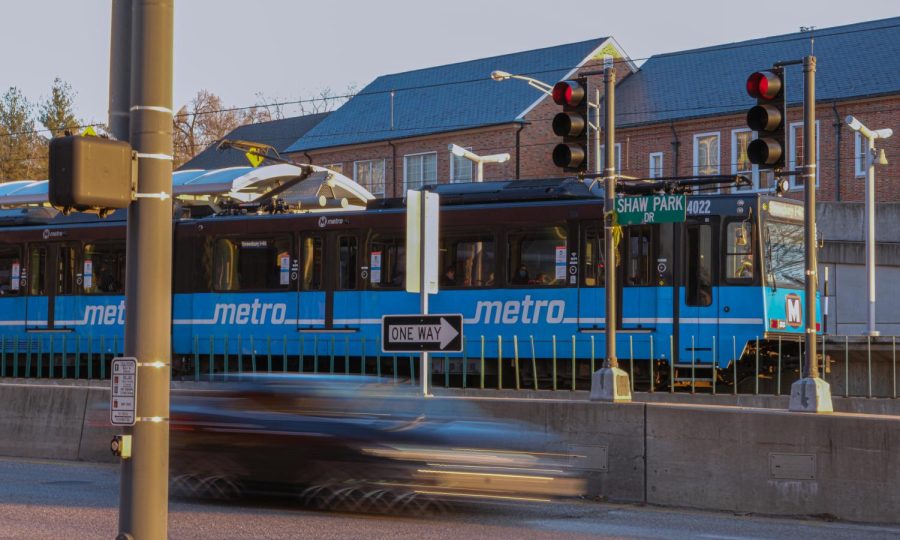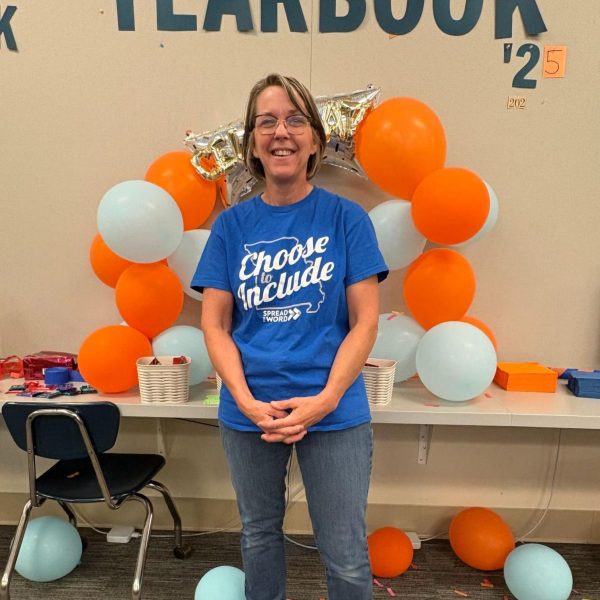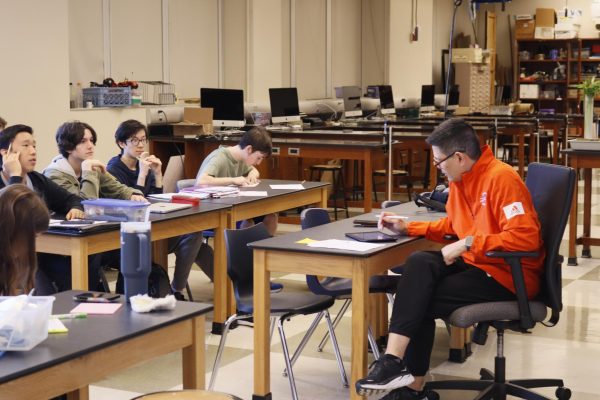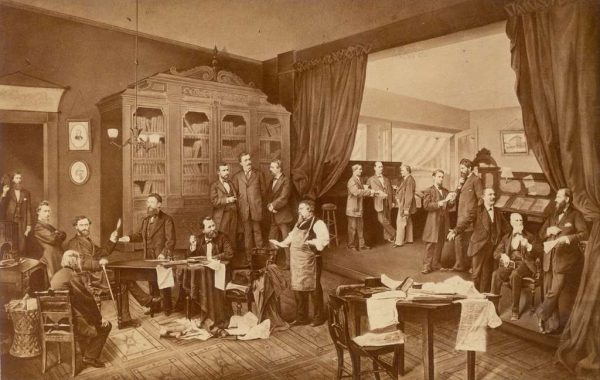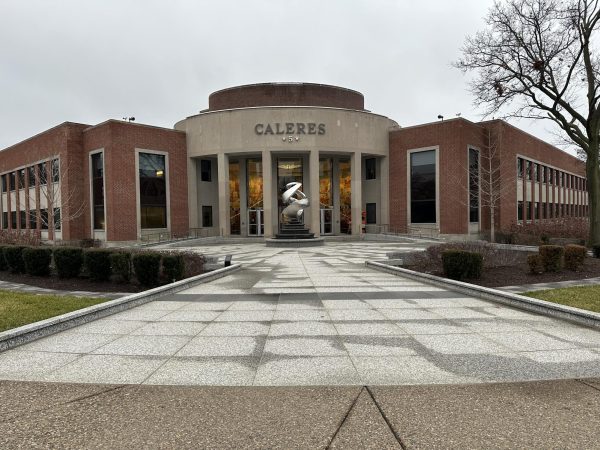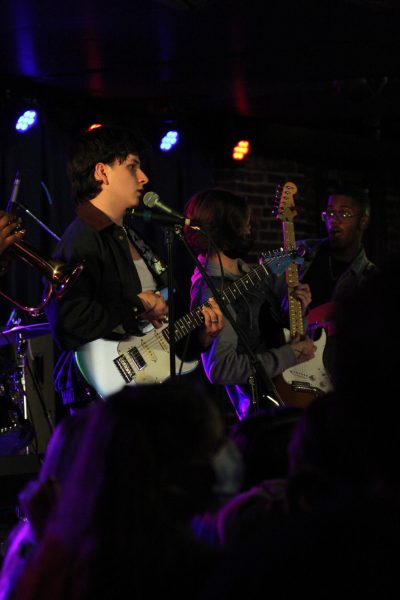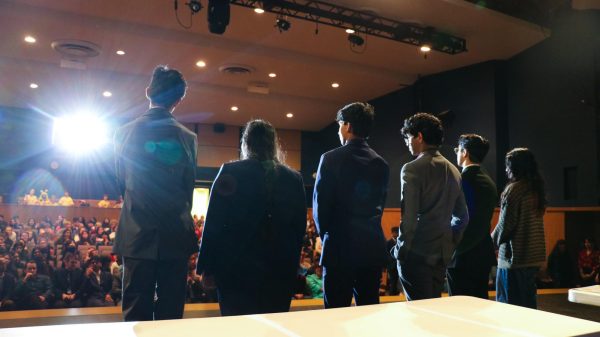Public Transportation in St. Louis
A train departs the Clayton MetroLink station.
Every day, Taulby Roach takes the Metro blue line home from work. To other Metro riders, he is any other commuter; few know that he’s coming home from a day of running the public transit system. Roach is the President and CEO of Bi-State Development (BSD), the interstate compact tasked with running Metro Transit.
BSD was signed in 1949 by Missouri and Illinois, and now operates as a parent organization to Gateway Arch Riverfront, St. Louis Regional Freightway, the Metro system, and several more infrastructure projects and tourist attractions. It is funded by a combination of local revenue and state and federal funding.
Roach believes BSD plays a unique role in bridging interstate divisions across the Mississippi River.
“The challenge for us as an agency and for instance, a transit operator, is to figure out how we develop public policies and deliver services in the mode of transportation, whether that be freight or transit, so that it serves the needs of the citizens, whether the citizens be in Missouri, Illinois, Clayton or Belleville,” Roach said.
Through its three systems–MetroBus, MetroLink and Metro Call-A-Ride–Metro Transit aims to meet that challenge and serve the needs of its riders.
Roach believes that a robust public transportation system should be valued by every member of a community.
“We should impart value even to people who don’t take our system,” he said. “So as an example, public transportation can’t really serve someone who works as a plumber. But when they’re on highway 40, and let’s say highway 40 is just that much less congested because people parallel are riding transit […] then that plumber understands, ‘hey, there’s value to that service in an integrated system.’”
The Metro system is looking for other ways to expand and revitalize, including increasing student ridership to and from Washington University.
Samuel McKee works at WashU as a research assistant, and was waiting at the Clayton Transit Center on a Friday afternoon.
“Parking can be expensive [at WashU], so taking the Metro really saves money because we also get a Metro pass,” said McKee, who takes MetroBus to commute from Creve Coeur.
“I think overall, I’ve had a pretty good experience,” he said. “I can’t really think of any sort of improvements other than just expanding the public transportation to other areas, which I think would be really helpful.”
McKee is not alone in his opinions about urban expansion of public transportation. Calls for a new northside-southside line have grown louder since 2017, when a city sales tax increase passed to fund eventual MetroLink expansion.
Linda Samuels, a professor of urban design as Washington University, was co-principal investigator on Mobility For All By All, a project that advocates for the equitable benefits of the proposed MetroLink line.
“Public transportation is embedded in the principles of equity,” said Roach, and Samuels agrees that effective transit can bring resources and environmental and social benefits to communities like North St. Louis that have experienced historical divestment.
“I think transit does a lot of logistical things but it also provides an opportunity to show that the city is creating an important investment in the north side,” Samuels said.
BSD strives to be a catalyst for transit-oriented development, or community development centered around transit stops and hubs.
“One really great example of that is there’s two new apartment projects right on DeBauliviere right near the Forest Park Station, that essentially are transit oriented development,” said Roach.
Although Metro is looking to expand and continue to serve the St. Louis area, it hasn’t been reliable for everyone.
Connor Hines, an expeditor at Five Star Burgers in Clayton, recently stopped taking transit to work regularly.
“It’s really, really good when you don’t have anywhere important to be in a timely manner, but a lot of the times it can end up being a little unreliable when you’re on a tight schedule,” he said. Hines also found that MetroBusses arrived too infrequently for his schedule. However, he still has fond memories of being a regular rider.
“Definite top of the head right now is Metro Jesus,” said Hines, remembering his time as a Metro commuter. “I used to see him on the 71 going down Grand all the time. It’s this guy who would dress up like Jesus and ride the Metro. I don’t know if that’s the only reason he was on the Metro, but it sure was very entertaining.”
Roach also takes the blue line in the mornings, traveling to the county from his home station on Skinker. He often takes the time to observe the ridership around him.
“It’s dominantly African American, and where are those folks going at 6:30 in the morning and going west? They’re going out to jobs. So these are folks who live in the city of St. Louis, then presumably who are going to jobs or opportunities that are out in the county,” said Roach, who explained that Metro Transit wants to help create those jobs and opportunities in the city of St. Louis. “[…]And so remember what our task is, to deliver the service so that there’s an economic future for everyone.”
A $50 or more donation includes a subscription to the Clayton High School Globe 2024-2025 print news magazine.
We will mail a copy of our issues to the recipients of your choice.
Your donation helps preserve the tangible experience of print journalism, ensuring that student voices reach our community and that student democracy thrives.

Ivy is a senior at CHS and excited to return to Globe as co-Editor-in-Chief this year! She joined the staff three years ago because she has always loved to write and believes in...

Owen is a senior at Clayton High School and is on his third year on Globe staff. You've probably seen Owen's name on the Globe's newsletter, which he maintains weekly. He also...


